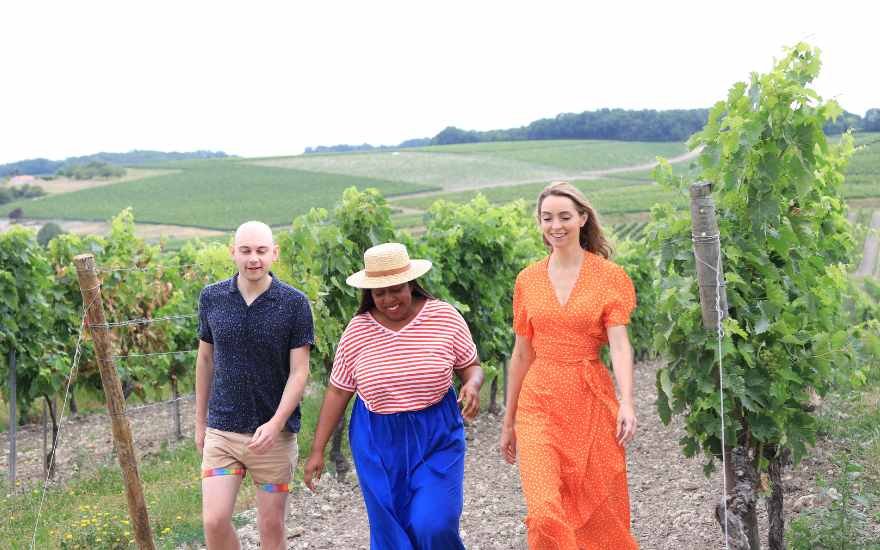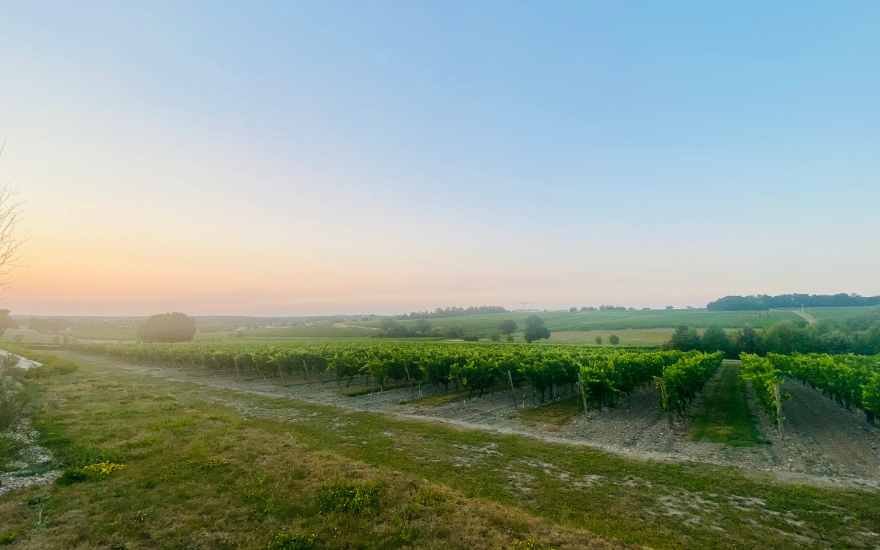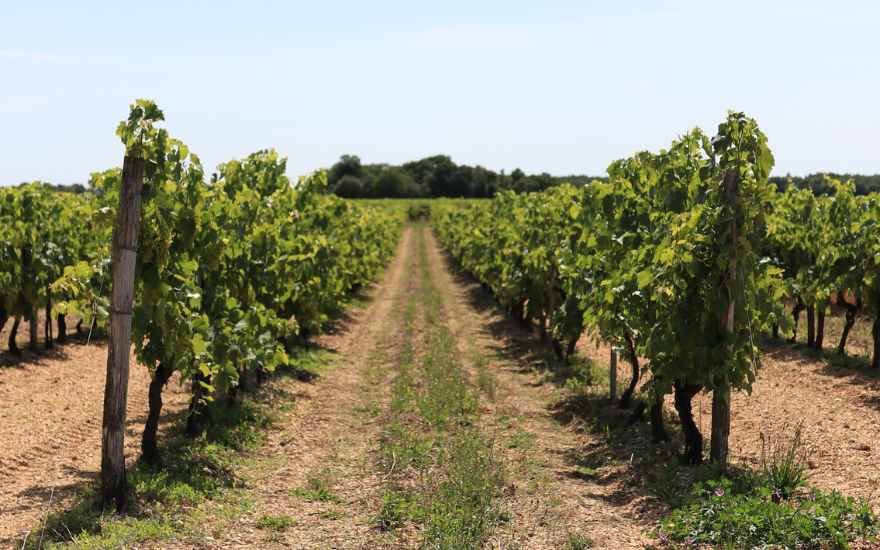Throughout The Three Drinkers in Cognac, Aidy and Helena explore the beautiful Cognac region in South-West France, nestled between Bordeaux to the South and the Loire Valley in the North.
But, within Cognac itself, there are six distinct growing areas called ‘Crus’, each with different terroir, which refers to the soil, geography, and climate of a vineyard. This is very important because it affects the grapes in subtle ways and therefore, the liquid!
What are the six Cognac growing areas?
From most lauded to most rustic, the six Cognac ‘cru’ areas are Grande Champagne, Petite Champagne, Borderies, Fins Bois, Bons Bois, and Bois Ordinaires.
Note: Even within each area, the terroir can change considerably over just a hundred metres. Also, Cognac houses often use eaux-de-vie from different areas, so the location of their production may not be the same region that their eaux-de-vie comes from. However, there are general characteristics you can expect to come across from each growing area:
Grande Champagne
If you look at a map of Cognac growing areas, this small, fairly hilly sub area will appear as the bullseye. The heart of the region, Grande Champagne has chalk soils and the liquids here are fine, light, saline, often floral on the nose and usually age for a long time.
Why do they call it Champagne? It’s worth pointing out that this has nothing to do with the more famous region of Champagne in Northern France; it’s just that the word ‘champagne’ comes from other old French word ‘campagne’ and refers to countryside with chalky soils.
Major villages: Cognac and Ségonzac
Petite Champagne
Confusingly, Petite Champagne is slightly larger than Grande Champagne but less hilly, though the eau-de-vie is similar in profile. Generally, the soil is more compact than its neighbour and as a result, the water flows very slowly retaining moisture even in dry summer periods. The blends are seen as slightly less prestigious and less finessed than Grande, but the cognac is still top-notch.
The eaux-de-vie created in the Grande and Petite Champagne regions are the most sought-after in the entire region, and usually command the highest prices, though it’s worth pointing out that increasingly, cognac lovers want to experiment with the distinct traits of all these areas.
Another term you may see is,‘Fine Champagne’, which is not a separate terroir, but a blend of eau-de-vie from Grande and Petite Champagnes.
Major cities: Jonzac and Barbezieux
Borderies
By far the smallest of the six crus, decomposed limestone results in a plateau of clay soil with flint stones which has a big impact on the grapes grown here. The Cognac is fine, rounded, and smooth, with violet, nutty and toffee aroma, and less ageing is required for the liquid to reach its most enjoyable form.
Major village: Burie
Fins Bois
Here in the largest of the vineyards, you will find very chalky, and extremely clayey soil, sometimes up to 60% clay and usually red too. The Fins Bois border the above three regions but generally take up an area in the North called ‘Pays-Bas’. The character of Fins Bois Cognac is rounded and smooth, again with less ageing required but a much fresher, more grape-forward aroma.
Major villages: Angouleme, Saintes and St-Jean d’Angely
Bons Bois
Forming a belt around Fins Bois in all directions is the Bons Bois crus, with some clay but mostly sandy soil towards the coast, as well as in the valleys and southern vineyards. Vines are often sparsely grown, entwined amongst other crops, and surrounded by forests.
Parts of the region boast very high-quality chalk and produce exceptional Cognac with great character, so this is list is by no means a case of, ‘best to worst’ – variety is the spice of life!
Major cities: Saujon, Montlieu-la-Garde
Bois Ordinaires
Apart from one tiny part towards the South of Cognac, Bois Ordinaires lies along the coast and includes the islands of Ré and Oléron. Relatively little of the land is designated for Cognac production, but of what there is, the extremely sandy soil produces eau-de-vie that ages the fastest and carries a distinct maritime flavour.
Major cities: La Rochelle and Rochefort
Age is another massive factor in the quality and flavour of Cognac but that can be a little more confusing so check out our comprehensive age statements guide here to get your head around it! For more general information, consult our Beginner’s Guide!




